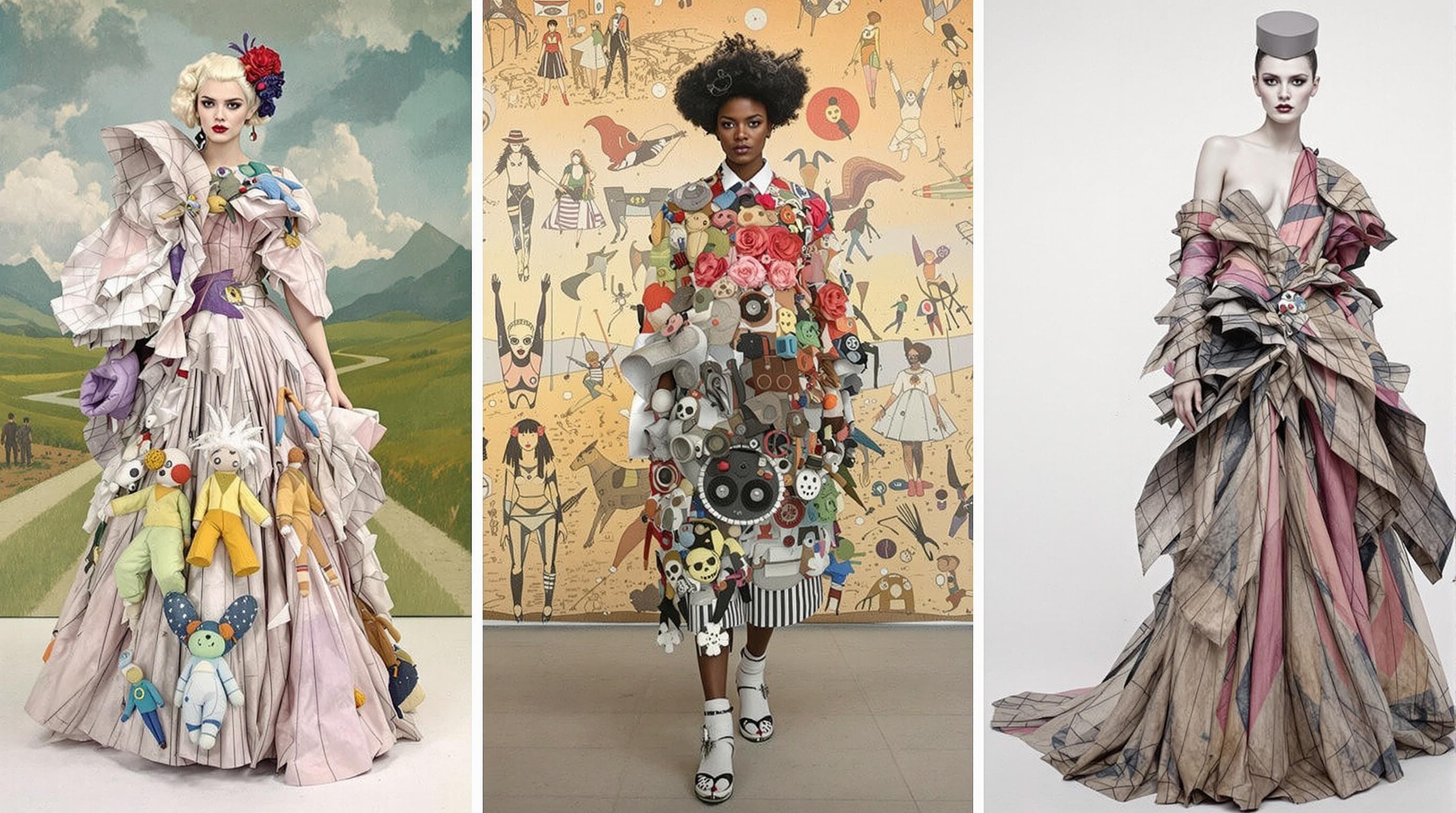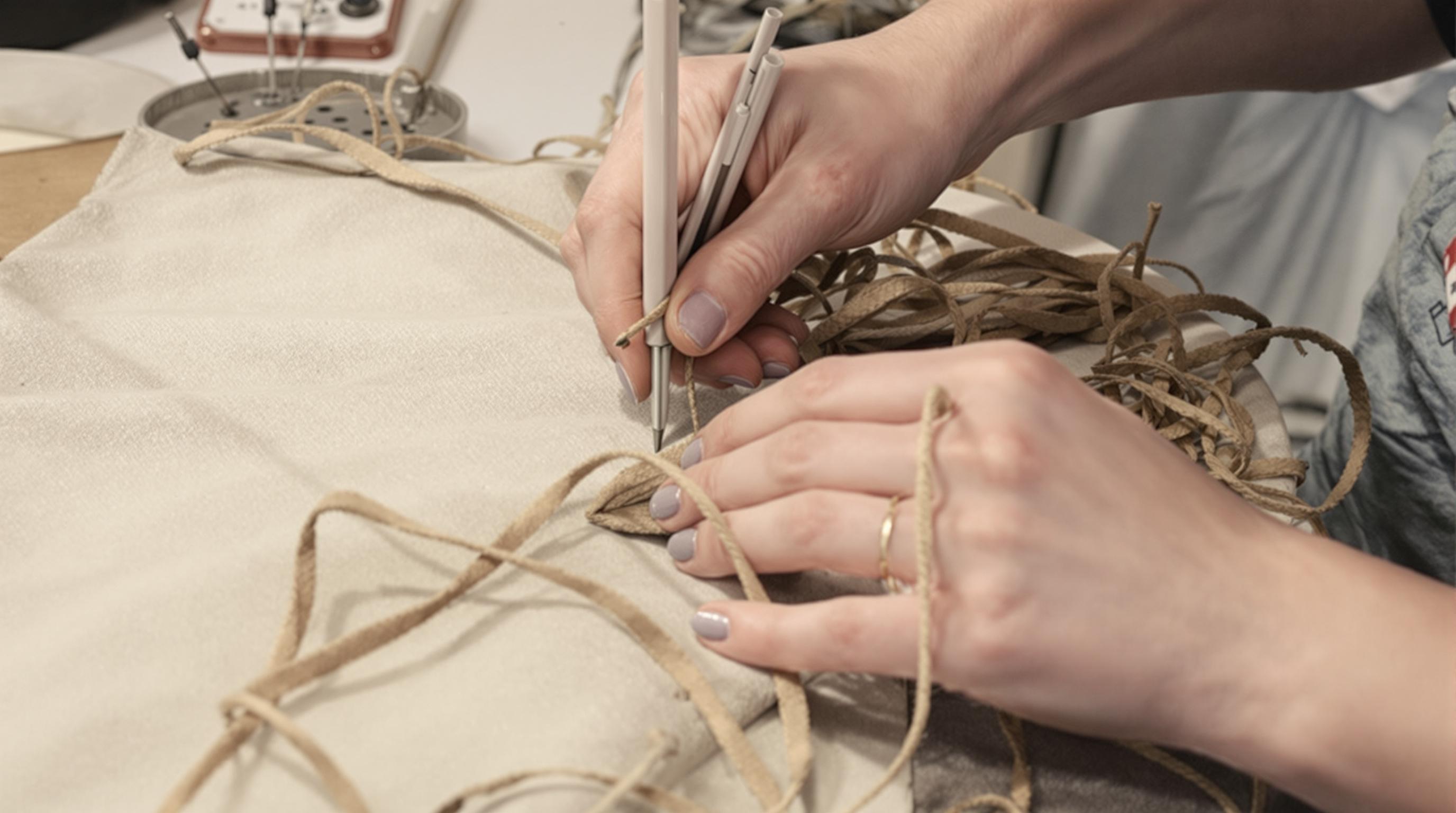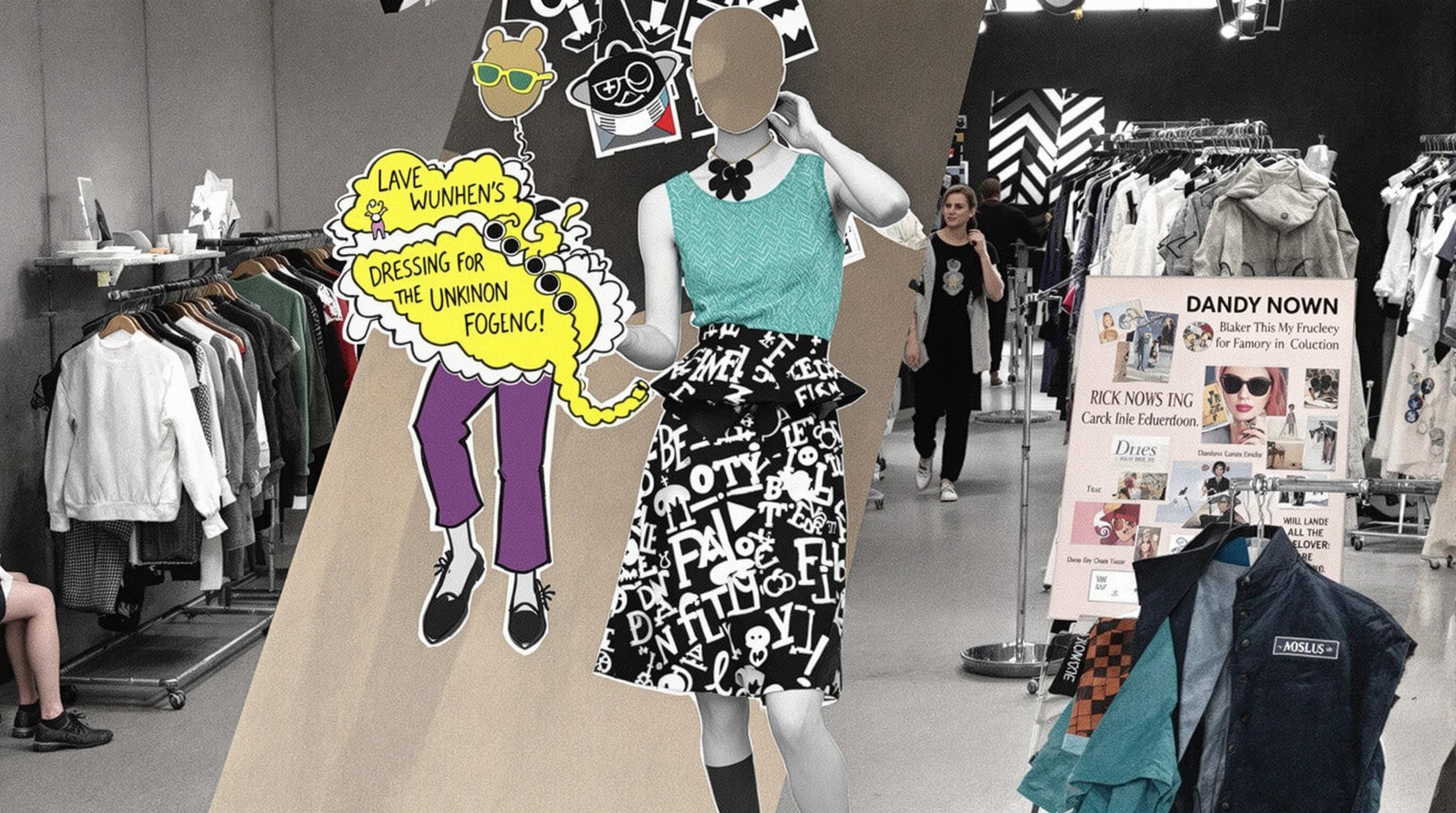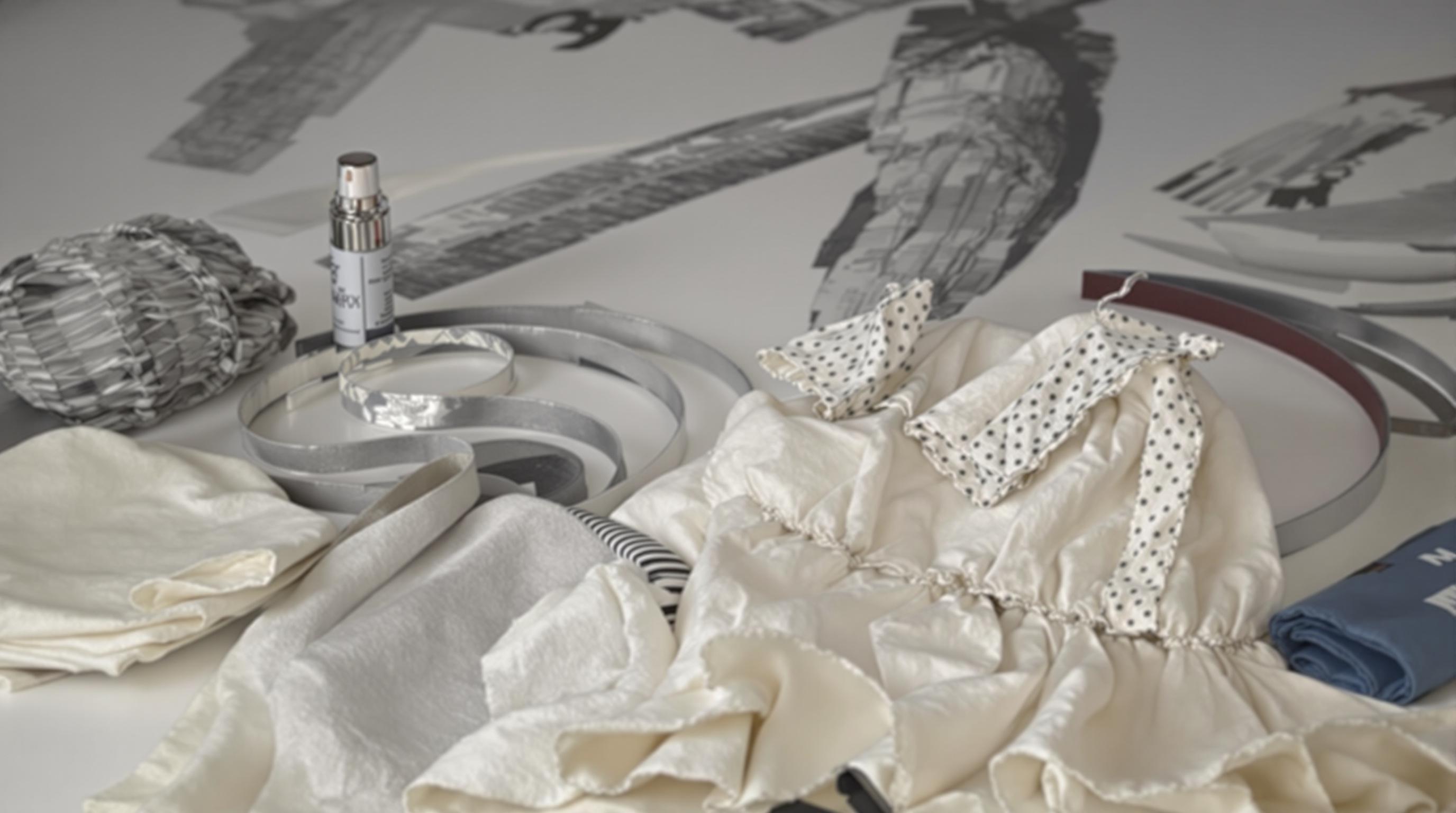Related Articles
- Fashion's Second Skin: The Underbelly of Wearable Tech and Its Surprising Roots in Previous Iconic Styles
- Shadows of Style: The Controversial Anti-Fashion Movements That Shook the Industry from Within
- Silent Statements: The Impact of Minimalism in Fashion's Most Overlooked Decades
- Distorted Reflections: The Role of AI in Shaping Fashion Perceptions and Consumer Trust in 2023
- Dressing the Future: How AI-Generated Designs Could Revolutionize Creativity and Profitability in Fashion
- The Art of Unfashion: How Anti-Fashion Movements are Reshaping Consumer Expectations and Market Strategies
The Fabric of Dreams: How Surrealism Influences the Unexpected Realms of Contemporary Fashion Design
The Fabric of Dreams: How Surrealism Influences the Unexpected Realms of Contemporary Fashion Design
Surrealism, with its dreamlike imagery and illogical scenes, weaves an intricate tapestry that continues to inspire contemporary fashion designers, resulting in collections that evoke fantasy and challenge traditional aesthetics. This article delves into the intersections of surrealism and fashion, exploring how these influences shape modern design, creativity, and consumer identity.
The Birth of Surrealism: An Artistic Revolution
Surrealism emerged in the early 20th century, ignited by the aim to unleash the creative potential of the unconscious mind. Artists like Salvador Dalí and René Magritte painted magnificent worlds filled with bizarre dream sequences—an invitation for viewers to challenge their perception of reality.
Influential Figures and Their Fashion Collaborations
Many notable fashion designers have drawn inspiration from surrealist artists. For instance, the avant-garde label Maison Margiela has repeatedly referenced the work of Magritte. Their collections often employ visual deception, such as pieces that mimic everyday items yet present them in mind-bending contexts—shoes that resemble sculptures, for example.
Another example is Alexander McQueen, whose shows often mirrored the unexpected twists of surrealism. His famous 1999 "No. 13" runway show featured an installation where the models appeared as if emerging from a swirling vortex, visually captivating audiences and challenging the traditional fashion narrative.
The Allure of the Absurd: How Surrealism Reshapes Reality
Surrealism’s absurdity has carved out a niche within contemporary fashion, allowing designers to create pieces that evoke emotional responses. In this realm, the unexpected becomes a central theme; think of clothing adorned with complex, dream-inspired factions, such as distorted silhouettes or avant-garde patterns that merge gnawed memories and whimsical fantasies.
Statistics underscore this trend; a survey conducted by the Fashion Institute of Technology revealed that over 62% of designers consider surrealist influences pertinent to their creative process, therefore showcasing the movement's pervasive effect on contemporary styles (FIT Survey, 2022).
Case Study: The Fall 2023 Collections
The Fall 2023 collections exemplified surrealism's expansive reach, with numerous designers infusing their runway shows with dreamlike narratives. Take, for example, the collection from Gucci, where models strutted in garments modeled after classic paintings—faces interrupting fabric, endless illusions that left spectators enchanted by their own interpretations.
Surrealism in Streetwear
It’s not just high fashion that embraces surrealist elements; streetwear has also woven these influences into its fabric. Brands like Supreme have taken cues from the surreal tradition, cultivating a dialogue between everyday life and the fantastical. Graphic tees emblazoned with disjointed imagery or daring colors present streets as canvases of the surreal experience.
Consumer Identity and Self-Expression
Surrealism provides not only aesthetic inspiration but also a means for personal expression. In a world where social media amplifies the desire for uniqueness, consumers strive to embody their identities through clothing. The fusion of surrealism with fashion allows individuals to step into whimsical, alternate versions of themselves—merging the boundary between fantasy and reality.
The Role of Digital Technology
Advancements in digital technology further propel the surrealistic approach in fashion. Augmented reality (AR) allows designers to create virtual fittings, giving consumers the ability to explore their clothing choices in dreamlike landscapes. Brands like Balenciaga and Dolce & Gabbana have embraced this technology, inviting customers to navigate surreal worlds that reflect their garments and inspire further purchases.
Humor in Surreal Fashion: A Playful Approach
Surrealism also thrives on humor—think of garments that combine traditional wear with whimsical, outlandish elements. Fashionista accounts dotting Instagram feature apparel ranging from whimsical clown shoes to dresses that resemble oversized food products. Often, these hybrids prompt laughter and intrigue, challenging what it means to be fashionable in modern society.
Surrealism and Sustainability
Interestingly, surrealism may play a role in advocating for sustainable fashion practices. Designers who believe in the absurdity of consumerism can draw upon surreal motifs to question and provoke thought regarding environmental impact and consumption habits. By employing unconventional materials that utilize waste, labels like Re/Done cleverly juxtapose the real and surreal, questioning the paradox of modern excess.
Conclusion: Weaving Dreams into Reality
The influence of surrealism on contemporary fashion extends beyond mere aesthetic choices; it shapes how design intersects with personal identity and environmental consciousness. Surrealism encourages both creators and consumers to embrace a world where boundaries blur, ultimately weaving a narrative rich in unexpected fantasies.
Whether through the lens of high fashion or streetwear, the essence of surrealism endures, allowing individuals to explore their deepest dreams and whimsies through the clothing they wear. As the road ahead intertwines with abstract creativity, fashion continues to manifest as a vibrant expression—a beautiful canvas upon which dreams are sewn into reality.




